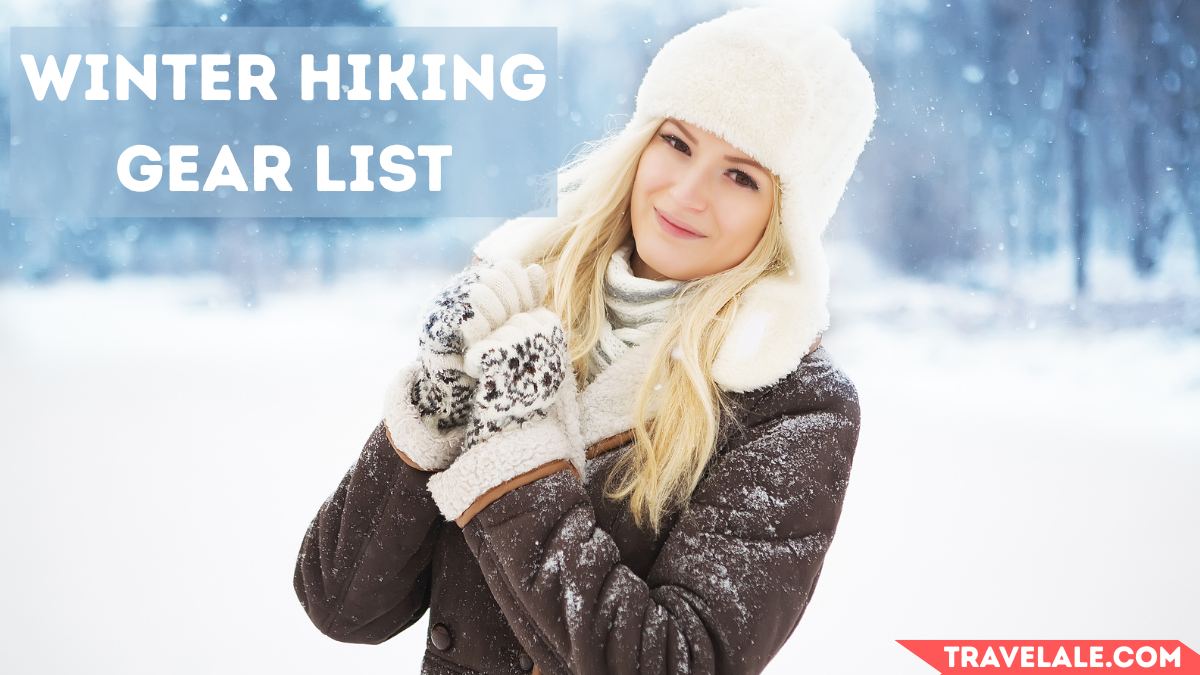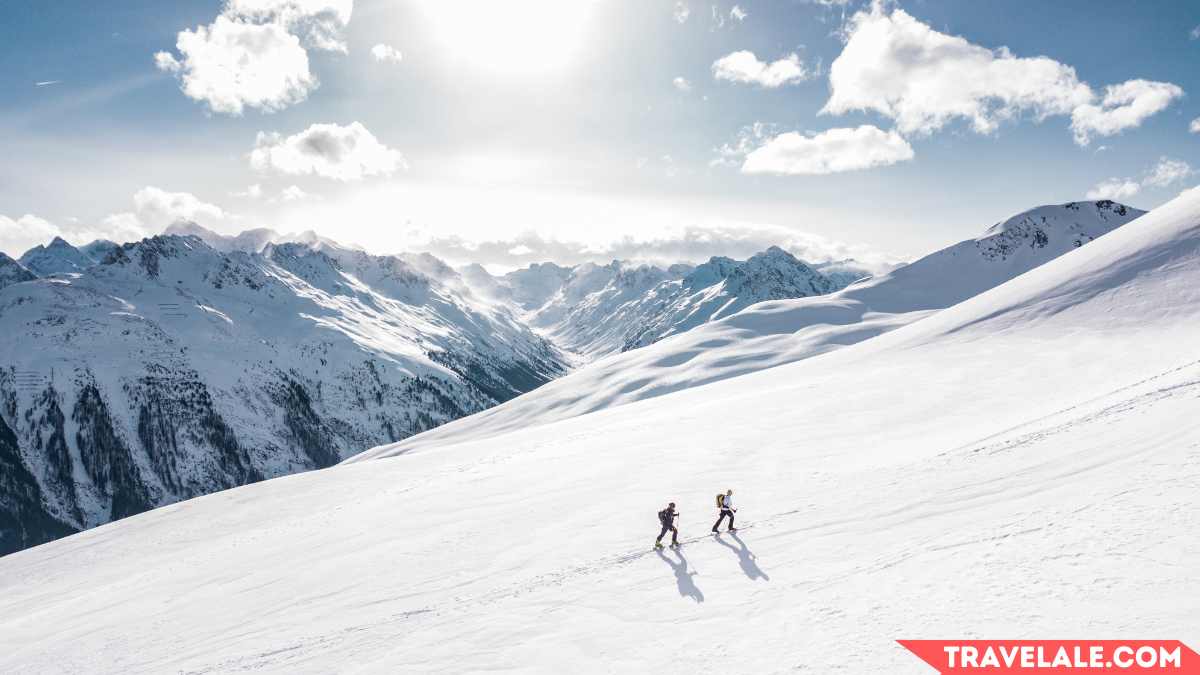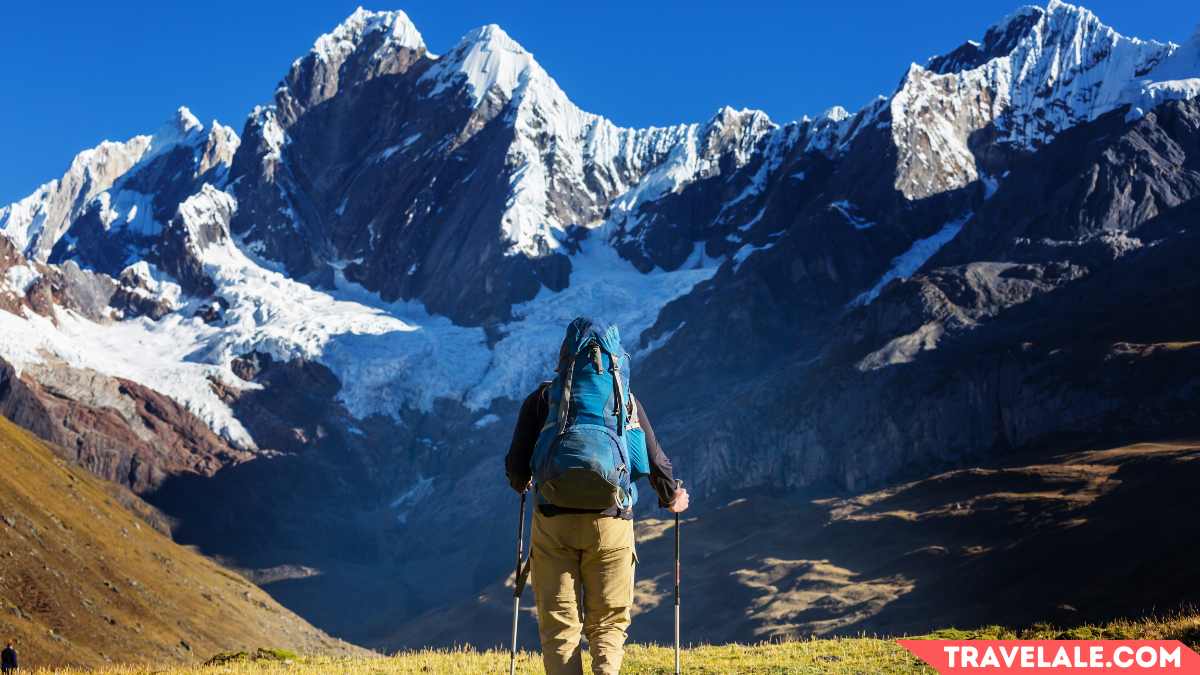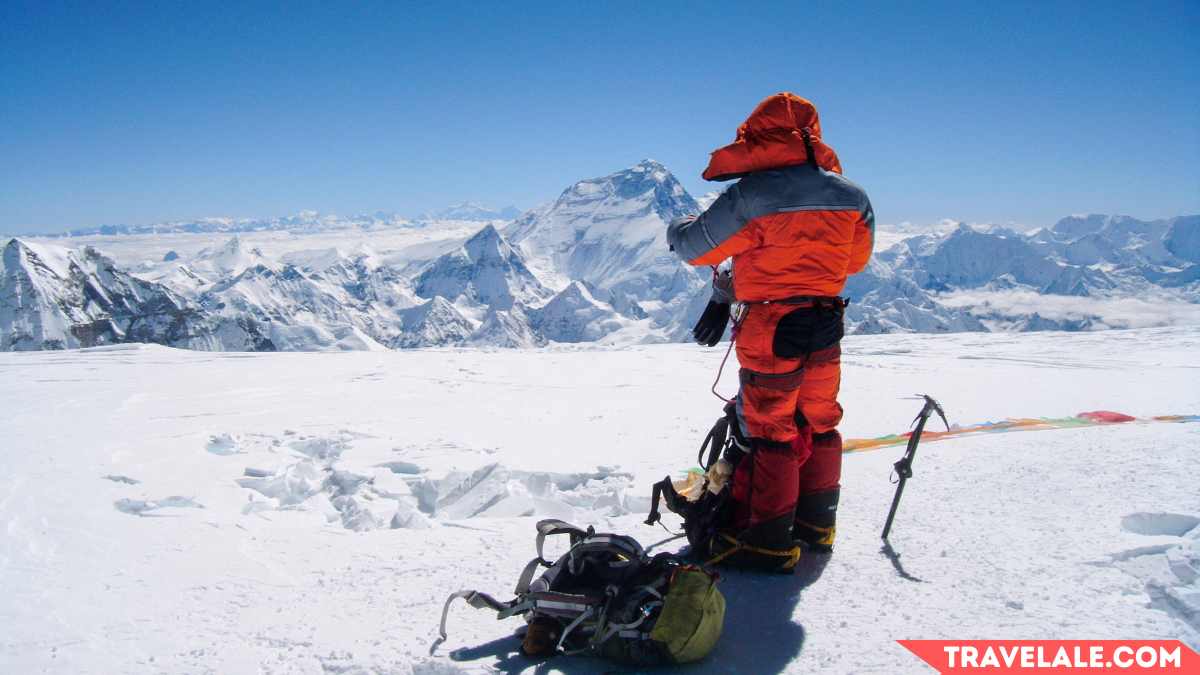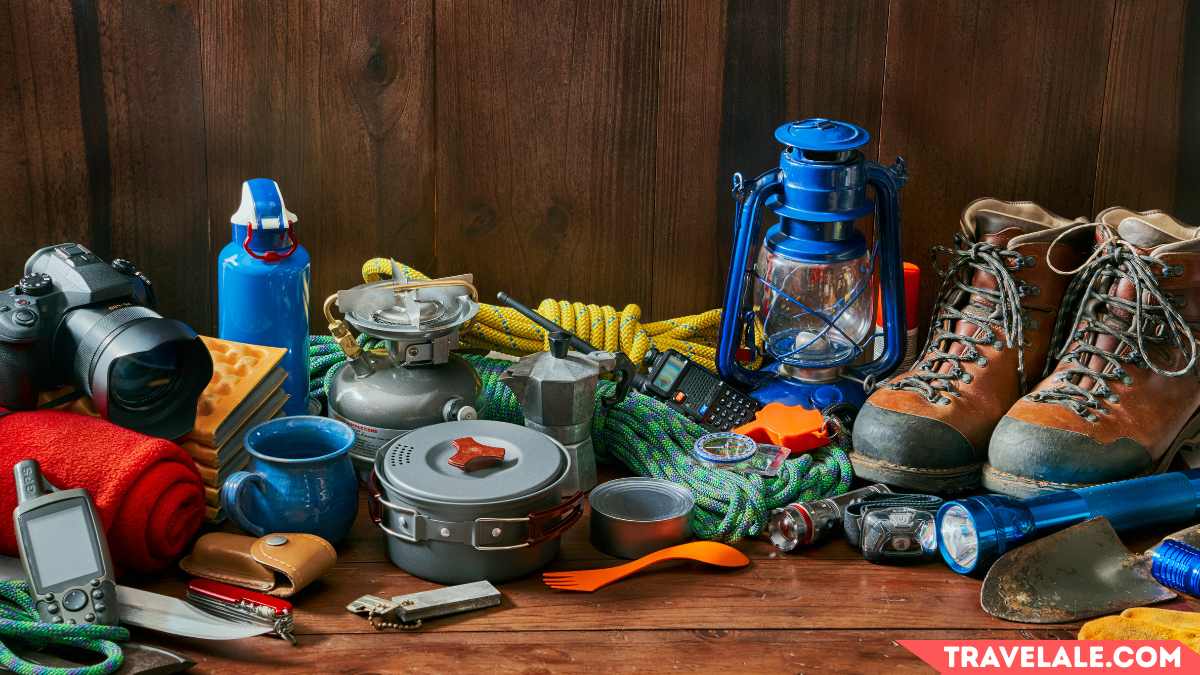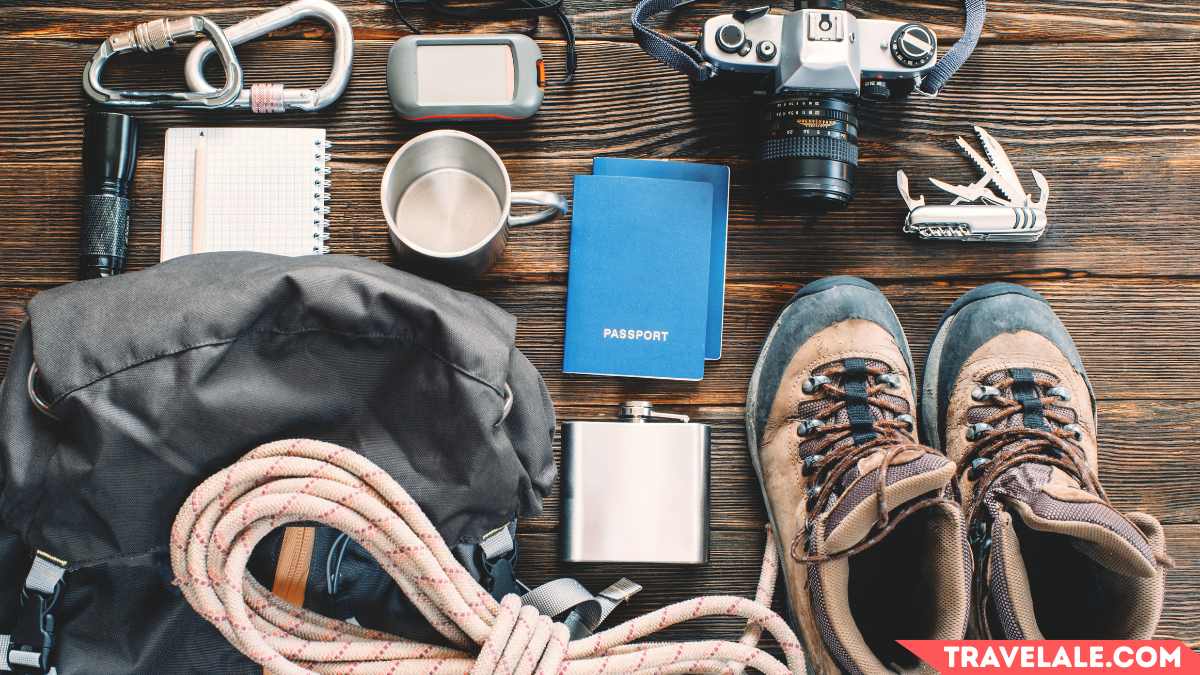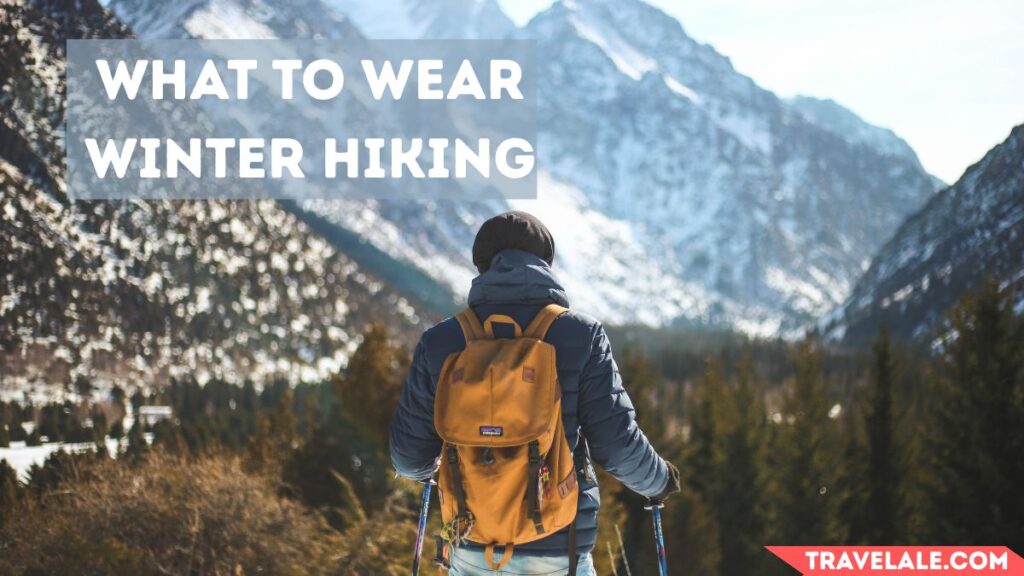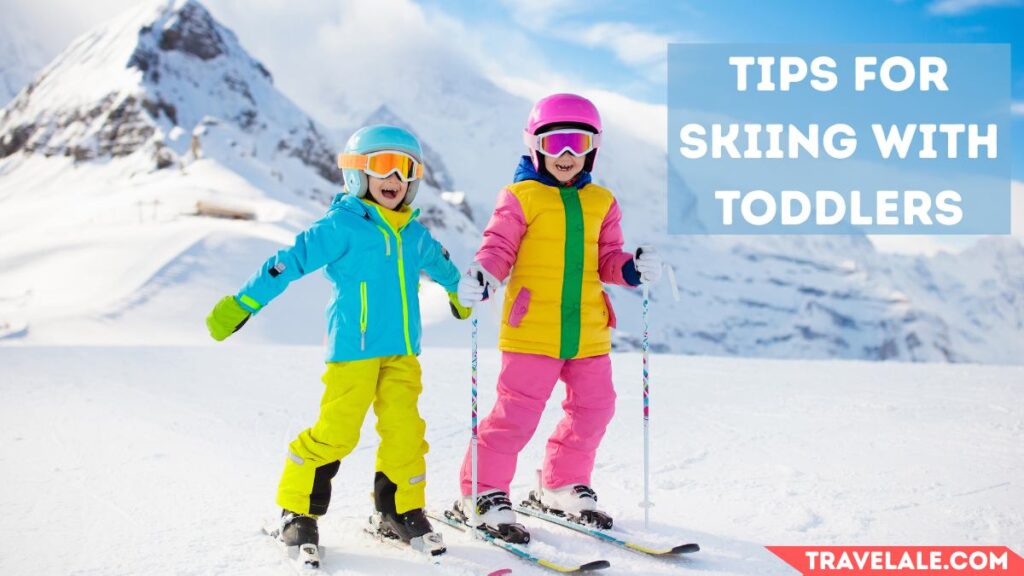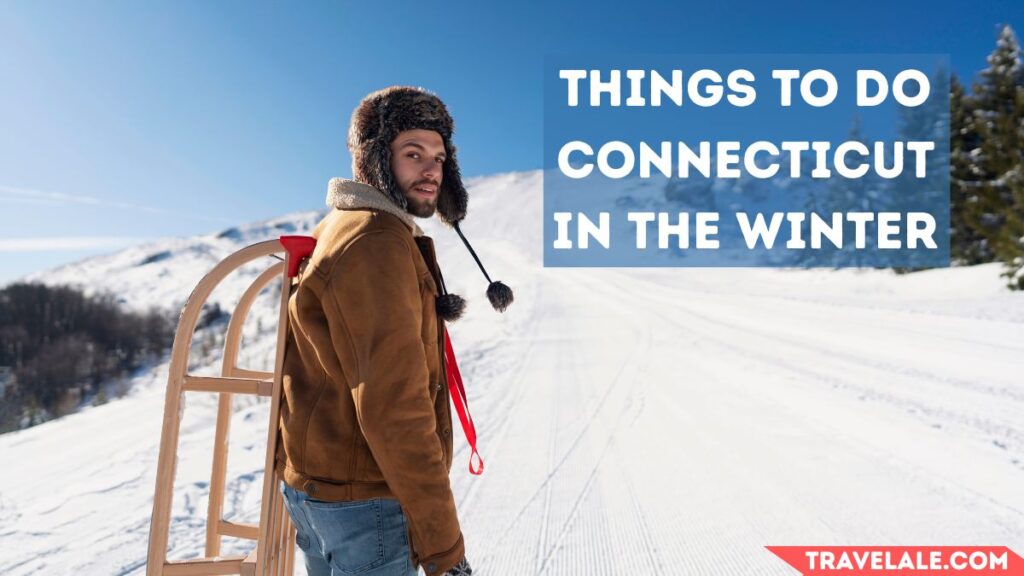Ultimate Winter Hiking Gear List for Survival
Winter hiking isn’t just a colder version of your summer trail adventures—it demands more. The cold months test your preparedness, planning, and outdoor experience because every small mistake gets magnifying by freezing wind chill and harsh conditions.
Unlike summer, where a wrong turn might mean an extra hour of walking, winter turns the same terrain into a survival challenge. That’s why having the right gear, checking the weather, and sharing your plans with a friend isn’t just smart—it’s critical.
If you’re new to winter hiking, don’t go it alone. Joining a local hike with an AMC Chapter or learning from an AMC Wilderness Guide can improve your skills fast. Even seasoned hikers rely on guidebooks to assess conditions and pack the right items—because in the backcountry, being responsible for your safety starts with assessing risks before you step out.
At the AMC Highland Center in New Hampshire, the staff helps hikers equip themselves with tested gear from the L.L.Bean Gear Room, ensuring you’re ready for whatever the day hike throws at you.
Winter Hiking Essentials: A Complete Gear Guide
Footwear & Traction
- Boots: Waterproof, insulated (rated for your expected temperatures)
- Socks: Wool/synthetic blend (pack extras)
- Gaiters: Keep snow out of your boots
- Traction: Microspikes for ice, crampons for steep terrain
- Snowshoes: Match to your trail difficulty
Upper Body Layers
- Base Layer: Moisture-wicking synthetic material
- Mid Layer: Wool or fleece insulation
- Outer Shell: Windproof/waterproof jacket
- Emergency Layer: Down parka with hood
Lower Body Protection
- Base Layer: Thermal leggings (synthetic or wool)
- Outer Layer: Waterproof, breathable pants
- Fit: Ensure freedom of movement for hiking
Head & Hand Protection
- Head: Insulated hat, balaclava for face coverage
- Eyes: UV-protection sunglasses
- Hands: Glove liners + waterproof mittens system
- Neck: Fleece gaiter or buff
Pro Tips:
- Always test new gear before your hike
- Layer adjustability is key for changing conditions
- Cotton kills – avoid it completely
- Pack extra socks and gloves
How To Plan and Prepare For A Winter Hike
When preparing your winter hiking clothing layer system, I’ve learned through experience that proper gear makes all the difference. My first winter hike taught me that cotton kills – now I always pack moisture-wicking base layers, insulating mid-layers, and a waterproof outer shell.
My favorite tips on how to plan and prepare for a winter hike
These tips will help you plan and prepare for a safe winter hike. After getting caught unprepared in an early season snowstorm, I now always check three reliable weather sources before any cold-weather adventure.
Figure Out Where To Go
Research your trail using multiple maps and online resources like the Washington Trails Association (WTA). I compare trip reports from social media groups with official national parks websites to assess avalanche risk and current trail conditions. My favorite trail apps like Gaia GPS help me track mileage and elevation gain for proper route planning.
Check Conditions
I start monitoring trail conditions and weather forecasts a week before my hike, checking again a few days prior and the morning of. The Department of Transportation site helps me prepare for mountain passes, while local trail associations provide crucial avalanche forecast updates.
Make A Trip Itinerary
My detailed trip itinerary always includes parking location, car details (make, model, license plate), and emergency contact information. I leave one copy at home and another in my car – this saved me when a hike ran long and rescuers needed to locate my vehicle.
Set A Turnaround Time
Winter hiking requires strict turnaround times – I aim to be off the trail before daylight fades. Deep snow, blowdowns, and cold temperatures make travel slower than summer hikes, so I build in extra time for obstacles.
Make Sure Your Car Is Winter Ready
Before any winter hike, I verify my car has snow tires, full gas, and chains. My emergency kit includes blankets, extra clothing, food, water, a shovel, flashlight, headlamp, first aid kit, and jumper cables – all items I’ve needed at various times.
Winter Hiking Gear List: Above-Treeline Essentials
1. Specialized Equipment for Extreme Conditions
Venturing above-treeline or into avalanche terrain requires specialized equipment and knowledge. The harsh, unforgiving conditions demand gear like:
- Ice axe (65–75 cm for self-arrest on icy/snowy inclines)
- Crampons (10+ points for technical terrain; ensure proper fit to boots)
- Avalanche beacon (an electric device that emits/receives radio signals to locate buried victims; must be set to receive setting)
Pro Tip: These tools are useless without proper training—take workshops or courses from AMC or local Chapters.
2. Insulation & Protection
- Puffy pants (filled with down or fiber) and a parka for extreme cold
- Tinted goggles or glacier glasses to prevent snow blindness from UV rays reflecting off snow/ice
- Extensive first aid kit (for minor injuries like blisters/cuts to serious issues like a broken bone)
- Map/compass (essential for tracking location; GPS can fail)
- Whistle (for emergency distress calls—use three loud, short blasts)
- Emergency blanket/bivy (for protection in sudden storms)
- Lighter (for fire starting and signaling)
- Knife (for gear repairs, cutting bandages, etc.)
4. Food & Hydration
- Water (at least 2 liters, stored in insulated bottles to prevent freezing)
- Hot drinks (hot chocolate, tea) in a thermos to combat chilling
- High-calorie snacks (nuts, dried fruit, preserved meats) that won’t freeze
5. Additional Winter-Specific Gear
- Backpack (medium/large with adjustable waist belt for bulkier winter gear)
- Pack cover/liner (to protect from snow/rain)
- Trekking poles (with flick-lock adjustments and snow bales for stability)
- Headlamp (plus spare batteries)
- Foam pad (to insulate when sitting on cold ground)
- Dry clothes (for post-hike comfort)
6. Small But Critical Extras
- Lip balm (prevents painful cracking)
- Sunscreen (20+ SPF for intense UV rays)
- Hand warmers (slip into gloves for quick heat)
My Favorite Winter Hiking Tips – Top 9 Tips
Tip #1: Keep Mileage Low & Go Slow
Winter hiking burns more energy than summer trips. Anticipate moving slower and plan extra time to return before dark. I once underestimated snowy trail conditions and nearly got caught after sunset – now I always cut my usual mileage in half when hiking in cold weather.
Tip #2: Give Yourself Plenty of Time
Shorter winter days mean less sunlight. Build in extra time for clothing layer changes, gear adjustments, and navigation checks. Snow-covered trails slow progress dramatically – what takes 1 hour in summer can take 2 in winter.
Always carry backup navigation tools. Your phone with Gaia GPS app (with pre-downloaded maps) can fail when batteries drain in cold weather. I never hike without a paper map and compass – they’re only deadweight if you don’t know how to use them.
Tip #4: Know How To Use Your Gear
Practice with all gear before your hike. Can you operate your satellite communicator’s SOS button? Have you tested your snowshoes with your boots? I learned the hard way that traction devices need practice when I struggled to put on microspikes in blowing snow.
Tip #5: Keep Your Electronics Warm
Cold weather kills battery life. Store phones, GPS devices, and power banks in inner jacket pockets or a hip belt pouch. On a -20°F hike, my phone died until I warmed it against my chest – now I always use a fanny pack under my outer layer.
Tip #6: Snack Often
Your body burns calories fast in the cold. Make it a habit to eat high-energy snacks every hour. I pack favorites like peanut butter packets – when you’re exhausted, you’ll actually eat what you love rather than skip meals.
Tip #7: Stay Hydrated
Prevent water from freezing by using an insulated bottle (store it upside down) or blowing back through your hydration tube. I switched to a wide-mouth Nalgene after my drinking tube froze solid on a windy ridge.
Tip #8: Take Shorter Breaks
Limit stops to 5 minutes to avoid chilling. When I pause, I immediately add an insulating layer (my go-to is a fleece under a puffy jacket) and sit on my butt pad. Avoid sweating – it leads to wet clothes and dangerous heat loss.
Tip #9: Prevent Hypothermia
Know the symptoms: shivering, confusion, slurred speech. Wear wool or synthetic materials (never cotton!) and pack extra gloves, socks, and hand warmers. After a close call with early hypothermia, I now keep dry clothes in my car for post-hike recovery.

